
(left to right) Tomboi Barbi, Jorge Caballeros and Pulpolibri. Photo by Brenda Verano
To make art more accessible by creating workspaces and opportunities for multidimensional artists and decolonizing art practices, three friends have launched La Luna Lotería Collective in Los Angeles.
“We want artists to have a space to connect, collaborate and learn from one another,” Ivan Javi Rueda, artistically known as Pulpolibri, one of the collective's co-founders, told CALO News. He said the idea for the collective began with the desire to cultivate a space for multi-generational, working-class artists, many of whom have had to learn the ins and outs of their craft on their own and through trial and error.

Pulpolibri (right) next to some of the La Luna Loteria Collective art. Photo courtesy of La Luna Loteria Collective
Pulpolibri, along with Tomboi Barbi byJude Monet and Jorge Caballeros, co-founded the collective this past summer. The three friends met through different art shows and friends, quickly realizing they all shared a similar goal: to create a space for artists that fostered connection, community empowerment and authenticity.
“All three of us bring in different expertise and our different identities and I think that is why we work really well together,” Caballeros said.
Despite their different backgrounds, the three artists said art has always been a crucial component throughout their lives.
Meet the co-founders

Tomboi Barbi. Photo by Brenda Verano
Tomboi Barbi was born and raised in Northeast Los Angeles. As a mixed media artist, she has showcased her art in murals, designs, screen printing, graffiti and paintings, among other things. She said her commitment to art is deeply rooted in drawing inspiration from Mexican muralists, iconography, guerrilla marketing and Chicano culture.
Tomboi Barbi said art has always been a part of her life, beginning when she was young. “For many of us, art is like our first love, our first means of expression, because we can't really communicate when we're babies or kids,” she said. “So through little songs, singing, rhyming or drawing, I was always doing that.”
Although she began doing art in L.A., she later attended and graduated from Parsons School of Design at The New School in New York, where she adopted the message, “Nurture Your Nature,” referencing, as she described, everyone’s innate nature and the responsibility it takes for oneself to nurture it. She recently published an L.A. Lotería deck, with L.A. iconography and historical landmarks.
For Pulpolibri, his art is closely connected to his own identity and self-expression.

Pulpolibri. Photo by Brenda Verano
He describes himself as a two-spirited, nature surrealist artist. Pulpolibri was born in Michoacán, Mexico and grew up in the San Fernando Valley after moving to L.A.
The illustrator, photographer and former tattoo artist said that for him, art has always been a means of advocating for change, what he and many others refer to as artivism. Through his art, he has touched on human rights, environmental protection and social justice.
In times when South Central L.A. has been hit with heavy ICE presence, Pulpolibri began hosting Cafe con Corazon at Cafe Calle, a local coffee shop, where every Wednesday he hosts a creative space open to anyone looking to connect with their community or simply be in a safe space to work on any art project they might have. Pulpolibri brings his own collection of art materials, which he lends to anyone taking part in the art space.

Jorge Caballeros. Photo by Brenda Verano
In Caballero's case, art has saved his life multiple times. The 46-year-old started venturing into art through graffiti. Born and raised in Mid-City Los Angeles, he said graffiti was the first medium that gave him an avenue to express himself and kept him out of trouble.
“I was out there spray painting, really trying to perfect my skills. It was only art, but for many kids in my neighborhood, it was different, especially growing up around gangs,” he said.
As an adult, Caballero was diagnosed with major depressive disorder and anxiety. Less than three years ago, he also went through a divorce—all cases where he said art gave him the push to keep going. “After [the divorce], I realized I had no sense of my own identity. I had been a partner, a husband and a father, but I started questioning who I was for me, not for anyone else, and I realized I was and had always been an artist,” he said.

La Luna Loteria Collective. Photo by Brenda Verano
Today, apart from still practicing graffiti from time to time, he creates graphics, custom paintings, pins, stickers and printmaking projects, among other things.
Decolonizing Lotería origins
One of the collective’s initial projects is the marking of a Lotería deck, similar to the very popular bingo game that became famous in Mexico and Central America, with cards such as “La Chalupa,” “El Gallo,” or “El Mundo,” among others.
The collective looks to recreate the popular Lotería deck with their own twist. They have been touring with the L.A. Loteria deck. They look to open the call to other artists who are interested in co-creating a deck that represents their own history, ancestral knowledge, community, or the artist's own interpretation of the specific card.

La Luna Loteria Collective logo. Photo courtesy of La Luna Loteria Collective
“This deck is a recontextualization of every card. We want those who participate to create their original essence into the card,” Tomboi Barbi said. “When it comes to L.A., there are a lot of communities that are overlooked and representation is key.”
Before becoming the colorful, traditionally cherished game we know of, Lotería was known to be played exclusively among the elites when it originated in 15th-century Italy. Early decks drew on European tarot and allegorical imagery, blending fortune-telling symbols with playful scenes, until the late 1800s, when the French-Mexican publisher, Don Clemente Jacques, adapted the 54-card deck we know today.
“Our goal today is to essentially reclaim that art,” Pulpolibri said.
Healing through art
The collective is currently looking for artists interested in co-creating the deck and creating a card that represents them, their culture or a message that embodies their creativity.
“It is also, in a sense, decolonizing a game that came from Europe and that [today] we play in our homes and with groups of people that we love. So why not reshape that and embody something different?” Tomboi Barbi said.

La Luna Loteria Collective vending setup. Photo courtesy of La Luna Loteria Collective
More than fostering art, the collective also hopes to be a place where artists can share resources and economic opportunities, especially in a time when many artists struggle to make a living from their art.
“I always found a way to hustle through my art,” Pulpolibri said. “As a kid, I would trade Pokémon for drawings.”
He said throughout the years, he has found a balance in looking at his art for more than just the monetary value, while also knowing that being a working and paid artist can bring a sense of stability or security.
“It’s been a beautiful journey thinking of art as a form of stability, something to lean on, something to fly with. Art takes you places, and I love that. I'm not limited to the value of it. As much as I wanted to see my art in museums or galleries, when I saw my art in someone's altar, that was everything,” he said.

La Luna Lotería Collective. Photo by Brenda Verano
Pulpolibri, Tomboi Barbi, and Caballeros said the name behind the collective came from what will be their monthly gatherings. Every moon cycle, the collective will gather to host New Moon Mixers, where creativity and healing will meet. The mixers, as Pulpolibri described, will be a space for empowerment, economic opportunity and shared joy among artists.
For the three artists, having the collective be a space for healing and being in community is critical; as they said, for them, art and healing are not separate from one another.
“We want to welcome artists who intentionally want to build together with the network, participate in market spaces, tabling or booth events and activate third spaces among our communities,” Pulpolibri said. “But we also want to create a space where artists can come and de-stress, practice their central practices and experience joy.”
With the collective being just a couple of months old, Caballeros said he is excited for more artists to join. “I hope we continue to grow. I want to continue growing, learning and finding inspiration, and I want that for everyone who comes to the space. I see us creating something that everyone can use to uplift themselves,” he said.



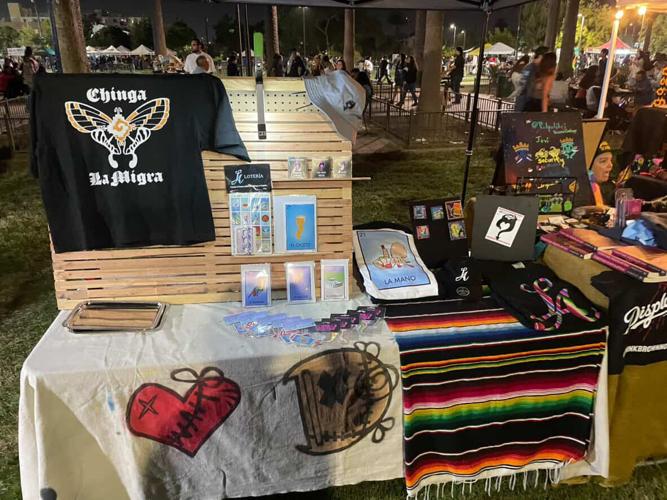
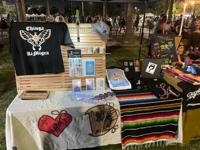
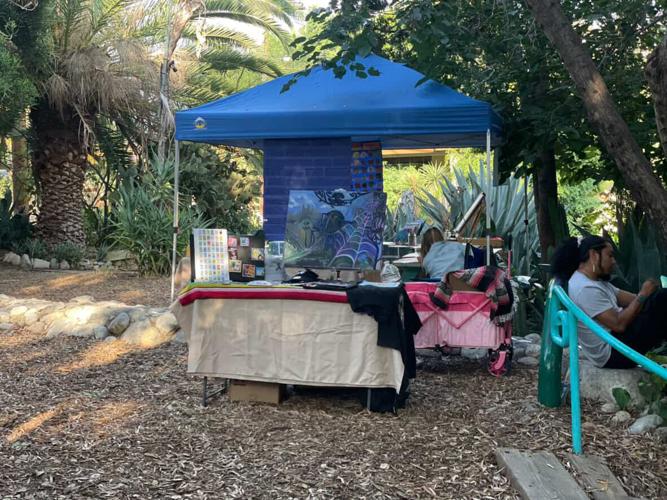


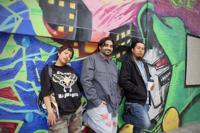
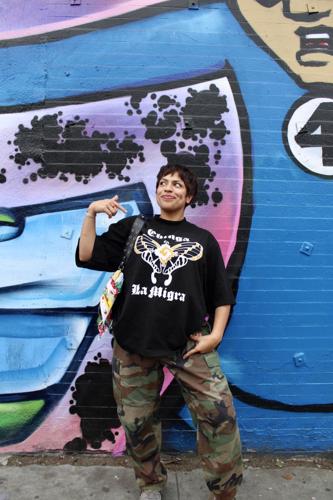
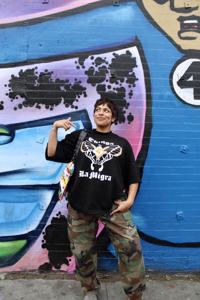
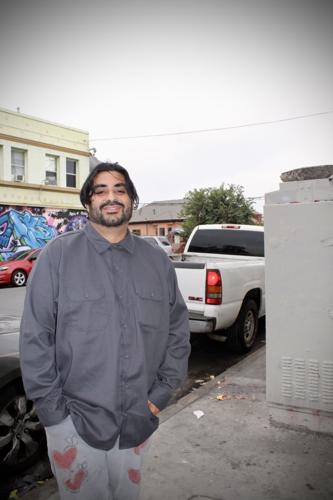

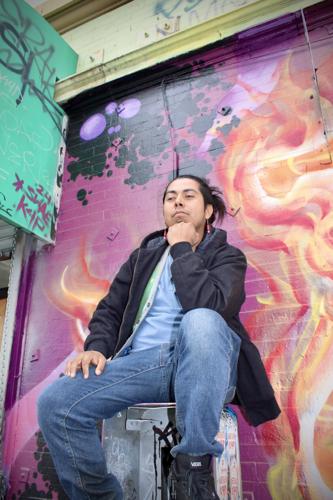
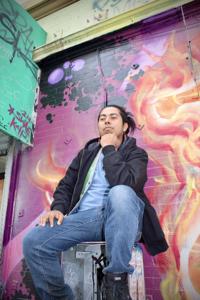
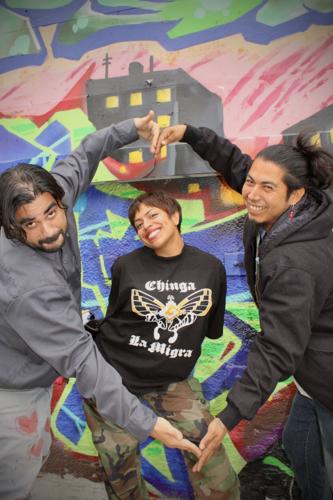
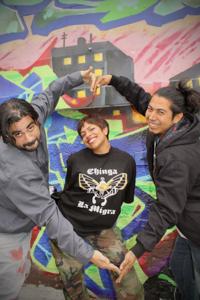
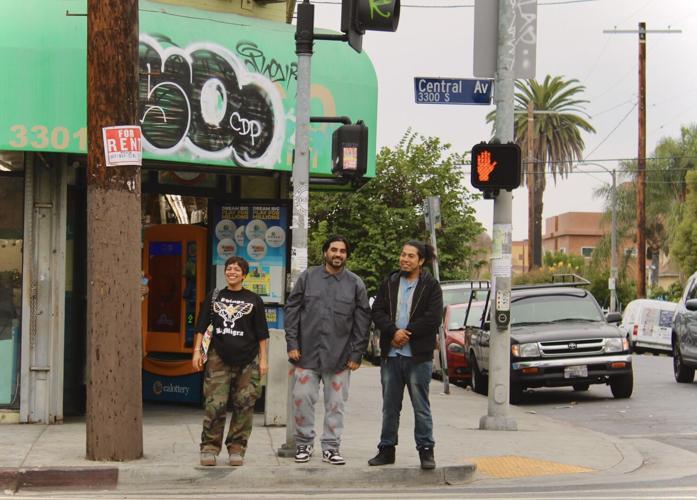
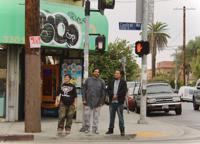

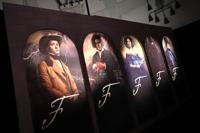





(0) comments
Welcome to the discussion.
Log In
Keep it Clean. Please avoid obscene, vulgar, lewd, racist or sexually-oriented language.
PLEASE TURN OFF YOUR CAPS LOCK.
Don't Threaten. Threats of harming another person will not be tolerated.
Be Truthful. Don't knowingly lie about anyone or anything.
Be Nice. No racism, sexism or any sort of -ism that is degrading to another person.
Be Proactive. Use the 'Report' link on each comment to let us know of abusive posts.
Share with Us. We'd love to hear eyewitness accounts, the history behind an article.